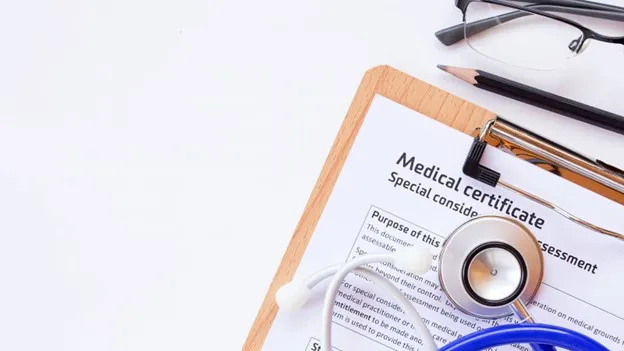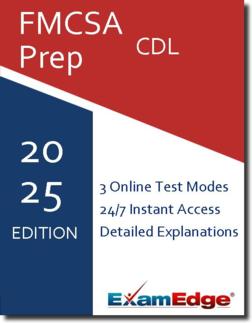FMCSA CDL (CDL) Practice Tests & Test Prep by Exam Edge - Blogs
Based on 22 Reviews
- Real Exam Simulation: Timed questions and matching content build comfort for your FMCSA CDL test day.
- Instant, 24/7 Access: Web-based FMCSA Commercial Driver's License practice exams with no software needed.
- Clear Explanations: Step-by-step answers and explanations for your FMCSA exam to strengthen understanding.
- Boosted Confidence: Reduces anxiety and improves test-taking skills to ace your FMCSA Commercial Driver's License (CDL).

Exam Edge Blogs for FMCSA Commercial Driver's License

What Is a Medical Examiner Certificate?
The Department of Transportation (DOT) Medical Card, also known as the MEC, is like a golden ticket for commercial vehicle drivers. It's their way of ...
Read MoreExam Edge Blogs for FMCSA Commercial Driver's License

What Is a Medical Examiner Certificate?
The Department of Transportation (DOT) Medical Card, also known as the MEC, is like a golden ticket for commercial vehicle drivers. It's their way of ...
Read More

